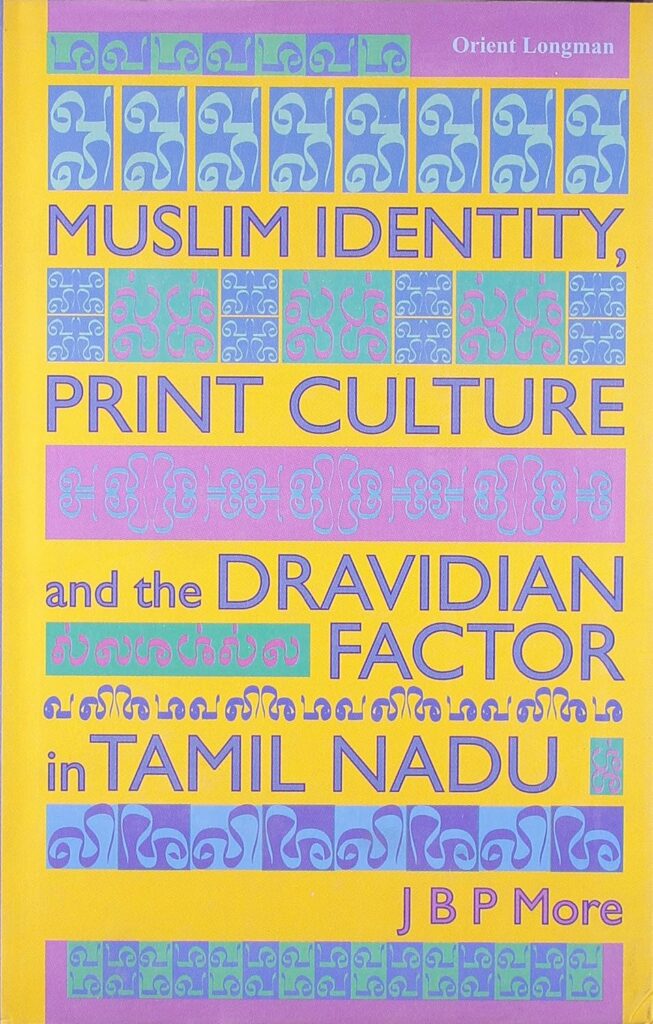This work is an original attempt to study the influence of print technology on the Muslims of Thamizhnadu and their literature. It is based on literary works published by the Tamil Muslims from 1835, when restrictions on printing were removed, to 1920, when they participated in the pan-Islamic Khilafat movement. The author has systematically classified these works in the form of an exhaustive catalogue. By extension, the study of this literature becomes a study of the origins, society and identity of the Tamil Muslims. The author maintains on the basis of evidence that the Marakkayar section of Tamil Muslims were originally from the Malabar coast, while the other two sections, Lebbai and Rawthers were indigenous to Thamizhnadu.
A survey of the Tamil Muslim literature before the print era, and a brief history of print culture and its introduction into the Indian sub-continent form the groundwork of the research.
The author argues that print consolidated the Islamic identity of the Tamil Muslims despite its modernist influence, but it also raised controversies between reformists like Dawood Sha, influenced by western education, and the traditional ulemas.
This enquiry into a relatively unexplored area, sustained by rich empirical evidence, offers a unique perspective into the history and society of the Muslims of Thamizhnadu.

